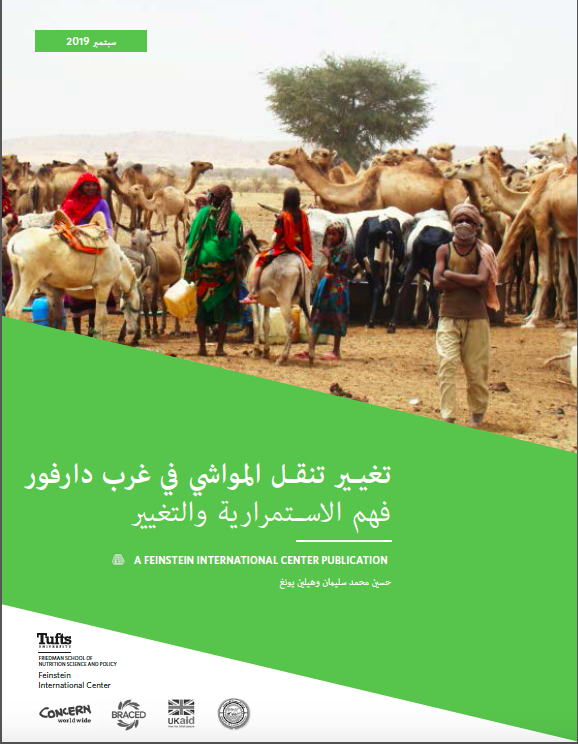أظهرت الدراسات السابقة أنّ التنقل الذي يمارسه الرعاة يوفر مزايا كبيرة في الأراضي الجافة من خلال تمكين قطعان الماشية من الوصول إلى الرعي الأفضل جودة على مدار العام. تواجه أنماط التنقل هذه العديد من التحديات والتغيرات. تركز هذه الدراسة على حركة الماشية في غرب دارفور، السودان. تم تتبع عدد من قطعان الماشية باستخدم نظام تحديد المواقع العالمي (GPS) لتوضيح التنقل خلال موسمي الصيف والخريف. نجد أنه مقارنة بالماضي، فقد حدث تراجع في مناطق الرعي بحيث صارت حول مناطق السكنى. يقدم التقرير تصنيفًا لتحركات الثروة الحيوانية ويصف الطرق التي يستجيب بها الرعاة للتحديات المتعلقة بالمراعي والمياه والصراع وأيضًا لأنشطة سبل المعيشة. كما يقدم التقرير توصيات أولية لتكون بمثابة أساس لمزيد من المناقشة.
تم تمويل هذه الدراسة من قبل حكومة المملكة المتحدة ، ولكن الآراء المعبر عنها لا تعكس، بالضرورة، السياسات الرسمية لحكومة المملكة المتحدة.
Read the report in English here.







